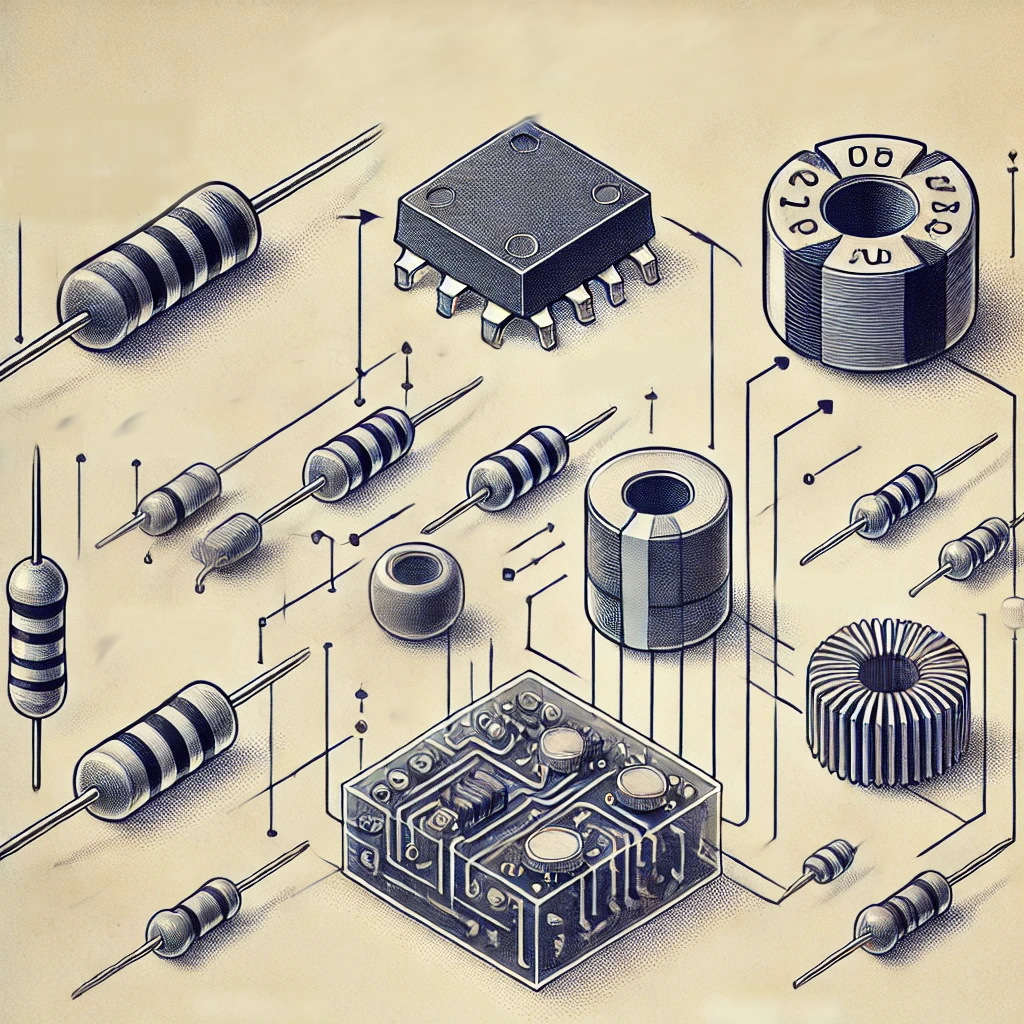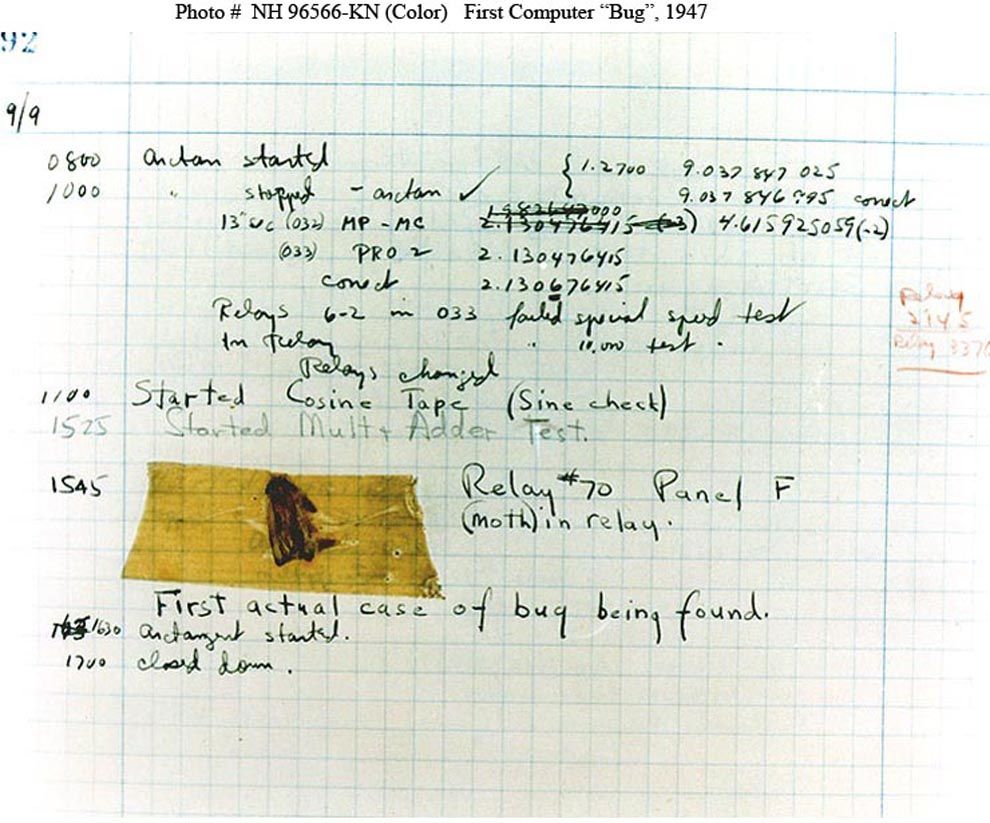
In electronics (and other fields), abstraction refers to the process of simplifying a system by focusing on its essential features while ignoring less relevant details. It allows engineers and scientists to work with manageable models without getting overwhelmed by unnecessary complexity.
Meaning and Purpose of Abstractions
- Simplification:
- Abstractions strip away details that are not critical for a particular level of understanding or analysis.
- For example, when analyzing a circuit, you might not care about the atomic structure of materials in a resistor but only its resistance value.
- Focus on Functionality:
- Abstraction allows you to think about “what something does” rather than “how it does it.”
- Example: A capacitor is abstracted as a device that stores energy in an electric field, without needing to model the microscopic movements of charges.
- Hierarchical Thinking:
- Complex systems are broken into layers of abstraction, where each layer builds upon the simpler models below it.
- Example:
- At a high level, a computer is an “information processing machine.”
- At a lower level, it’s a collection of logic gates (circuits).
- At an even deeper level, those gates are made of transistors.
- Universal Application:
- Abstractions are used to generalize principles so they can be applied across various situations.
- Example: Ohm’s Law ( V = I*R ) abstracts the behavior of all resistive components regardless of their physical makeup.
Abstractions in Electronics
In electronics, abstractions help bridge the gap between physical reality and mathematical analysis. Here are some examples:
| Level of Abstraction | Description |
|---|---|
| Physical Components | Focus on physical properties (e.g., a resistor’s size, material). |
| Idealized Models | Represent components as ideal elements (e.g., resistors with no parasitics). |
| Circuit Analysis | Use simplified rules like Ohm’s Law, KVL, and KCL to analyze behavior. |
| System Level | Abstract entire circuits into “functional blocks” (e.g., amplifiers, filters). |
Benefits of Abstraction
- Makes Complex Systems Understandable:
Breaking down a complex circuit into manageable blocks (e.g., power supply, amplifier) simplifies analysis and design. - Speeds Up Problem-Solving:
You don’t need to consider every physical detail to solve practical problems. - Promotes Reusability:
Generalized principles or models can be applied across different designs and systems. - Facilitates Communication:
Engineers can discuss designs at different levels of abstraction, from high-level functionality to low-level details.
Drawbacks of Abstraction
- Loss of Accuracy:
Simplifying a system means ignoring some real-world behaviors (e.g., parasitic capacitance, inductance). - May Not Apply Universally:
Abstractions valid at low frequencies may fail at high frequencies or under extreme conditions. - Over-simplification:
If too much is abstracted, critical details might be missed, leading to design errors.
Example in Electronics
When designing an RC low-pass filter:
- At the physical level, you might consider the exact material properties of the resistor and capacitor.
- At the circuit level, you abstract these components into an ideal resistor and capacitor with specified ( R ) and ( C ) values.
- At the system level, the filter might be abstracted as a “block” with a transfer function like ( H(f) = \frac{1}{1 + j2\pi f RC} ).
In summary, abstractions are tools for managing complexity by focusing on what’s essential at a particular level of analysis. They make learning, designing, and problem-solving more efficient and accessible. Would you like to explore this concept further with examples from other contexts?
The Lumped Element Abstraction is a foundational concept in electronics and circuit theory that simplifies the analysis of complex systems. Let me break it down step by step:
What is the Lumped Element Abstraction?
The idea assumes that:
- Components are localized: Electrical components (like resistors, capacitors, and inductors) are treated as if their effects (resistance, capacitance, inductance) are concentrated in one small region of the circuit.
- Signal behavior is idealized: Electrical signals (voltages and currents) are assumed to propagate instantaneously within the circuit (no delay).
- Time and space are separate: The circuit behavior is analyzed in a way where spatial effects (like electromagnetic waves) and time-domain effects are separated.
This abstraction is valid under specific conditions where the physical size of the components and wires is small relative to the wavelength of the signals being analyzed.
When Does it Apply?
The lumped element abstraction works well when:
- Frequency is low: The wavelength of the signal (determined by its frequency) is much larger than the physical dimensions of the circuit.
- Components are close together: Signals don’t encounter significant delays or phase shifts as they travel through the circuit.
For example:
- A 50 Hz power line has a wavelength of 6000 km, so most household wiring (just a few meters) can safely use this abstraction.
- For high-frequency circuits (like radio frequency or microwave systems), this abstraction may not hold, and distributed element models are required.
Key Lumped Elements
The primary building blocks in the lumped element model are:
- Resistors (R): Represent opposition to current flow.
- ( V = I \cdot R )
- Capacitors (C): Represent the ability to store energy in an electric field.
- ( I = C \frac{dV}{dt} )
- Inductors (L): Represent the ability to store energy in a magnetic field.
- ( V = L \frac{dI}{dt} )
Benefits of the Lumped Element Abstraction
- Simplifies Analysis: Allows the use of tools like Ohm’s Law, Kirchhoff’s Voltage and Current Laws.
- Enables Circuit Design: Ideal for designing and simulating low-frequency circuits.
- Supports Intuition: Helps engineers think about circuits in manageable chunks.
When the Abstraction Breaks Down
- High Frequencies: In circuits with signals comparable to or shorter than the size of the components (e.g., RF or microwave circuits).
- Long Wires: If the wiring is long enough to introduce noticeable delay or phase shift.
- Parasitic Effects: At high frequencies, parasitic inductance, capacitance, and resistance within components and connections can no longer be ignored.
For such cases, the distributed element model or field theory is required.
Let’s look at an example circuit using the lumped element abstraction: a simple RC (Resistor-Capacitor) circuit. This example will demonstrate how we apply the lumped element model to analyze circuit behavior.
RC Circuit Example
Consider a circuit with:
- A resistor ( R )
- A capacitor ( C )
- A voltage source ( Vin )
When the circuit is connected as shown below, with the resistor and capacitor in series, we’ll examine how voltage and current behave over time when a voltage is applied.
+V_in ----[R]----+----[C]---- Ground
|
( V_out )
|
GroundCircuit Analysis with Lumped Elements
- Define Circuit Laws: Using the lumped element model, we apply Kirchhoff’s Voltage Law (KVL):
Vin = VR + VC
where:
- ( V_R ) is the voltage drop across the resistor ( R ).
- ( V_C ) is the voltage drop across the capacitor ( C ).
- Voltage Across Components:
- Resistor: By Ohm’s Law, the voltage across the resistor is ( V_R = I \cdot R ).
- Capacitor: The voltage across the capacitor depends on the charge stored, given by ( V_C = \frac{1}{C} \int I \, dt ).
- Current Relationship: Since ( I = C \frac{dV_C}{dt} ) in a capacitor, we can rewrite KVL in terms of the capacitor voltage:
[
V_{in} = R \cdot C \frac{dV_C}{dt} + V_C
] - Solve the Differential Equation: To analyze how ( V_C ) (or ( V_{out} )) changes over time, solve this differential equation.
Solution of the RC Circuit
When a step input ( V_{in} ) (say, a constant DC voltage) is applied:
- The voltage across the capacitor ( V_{out} = V_C ) will rise according to:
[
V_{out}(t) = V_{in} \left(1 – e^{-\frac{t}{RC}}\right)
] - The current through the circuit ( I(t) ) will decrease as the capacitor charges:
[
I(t) = \frac{V_{in}}{R} e^{-\frac{t}{RC}}
]
Key Takeaways
- Time Constant: The time constant ( \tau = RC ) determines how quickly the capacitor charges.
- Steady-State: Eventually, the capacitor acts like an open circuit, and ( V_{out} ) approaches ( V_{in} ).
Conclusion
This analysis illustrates how the lumped element model lets us treat the resistor and capacitor as discrete entities, each contributing a simple, well-defined behavior to the circuit.









